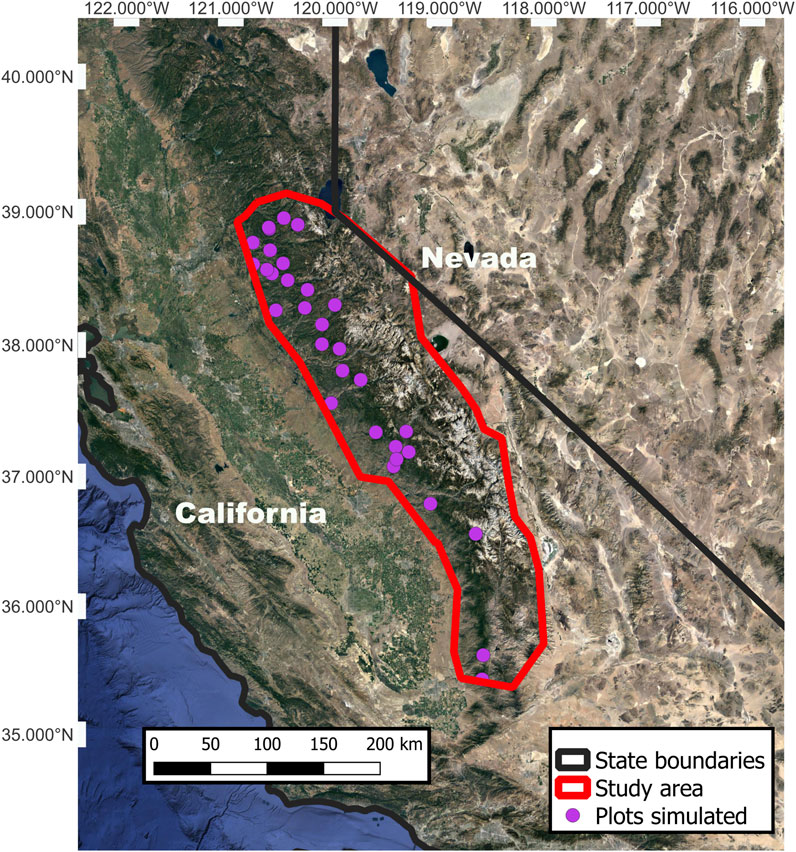2023-04-11 ペンシルベニア州立大学(PennState)
研究者たちは、これによって大量のプラスチック廃棄物が減少することを提案している。紙袋は、環境に悪影響を与えるプラスチックを使用する代替品であるが、湿気に弱く、多用回数が少ないため、使用後は廃棄物となってしまう。
しかし、紙の中のセルロースを酸素のない環境で焼成し、水に濡らしたときの引張強度を大幅に高めるという革新的なプロセスを考案し、アルカリ処理と組み合わせることで、紙袋の湿気に強さが向上し、再利用可能で生物燃料の原料となる可能性がある。
<関連情報>
- https://www.psu.edu/news/research/story/stronger-paper-bags-reused-repeatedly-then-recycled-biofuel-could-be-future/
- https://www.sciencedirect.com/science/article/abs/pii/S0921344923000198
包装材料としての古紙回収と、その後のバイオエタノール基材としての古紙回収: 実用性向上のための古紙分解とアルカリ処理の相乗効果 Torrefied paper as a packaging material and subsequently as a bioethanol substrate: Synergy of torrefaction and alkaline treatment for increased utility
Jaya Tripathi, Daniel Ciolkosz, Dan G. Sykes
Resources, Conservation and Recycling Available online: 20 January 2023
DOI:https://doi.org/10.1016/j.resconrec.2023.106882

Abstract
The sequential combination of torrefaction and alkaline treatment is one possible design strategy for a circular economy in which torrefied cellulosic paper with enhanced wet strength is repeatedly used as a packaging material, then hydrolyzed downstream for bioethanol production after alkaline treatment. The wet-tensile strength of cellulose filter paper increased by 1533%, 2233%, 1567%, and 557% after torrefaction for 40 mins at 200 °C, 220 °C, 240 °C and 260 °C, respectively. Glucose yield decreased with increase in torrefaction severity but after treating torrefied filter samples with alkaline (NaOH) solution, glucose yield increased. For instance, the glucose yield of raw filter paper was 955 mg/g of substrate whereas it was 690 mg/g of substrate for the same filter paper sample torrefied at 200 °C. The glucose yield increased to 808 and 933 mg/g of substrate with 1% and 10% alkaline treatment, respectively.



